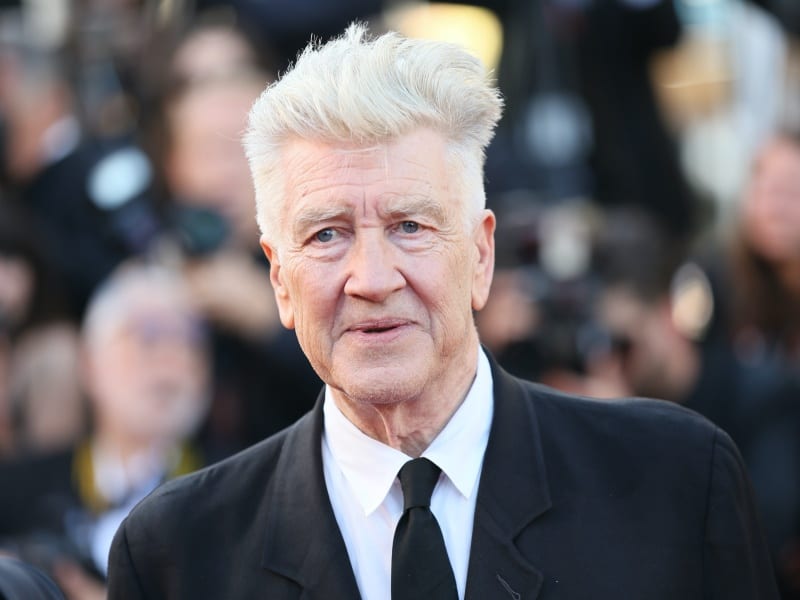David Lynch makes enigmatic movies. A veritable cottage industry of film criticism and media scholarship has sprung up with the mission of dissecting his work, and even our website has argued that the key to understanding his work is, well, accepting that we’ll never actually be able to fully understand it at all.
In a new video, Grace Lee of What’s So Great About That? seeks to examine the filmmaker’s famously ambiguous work and its fraught relationship with language as a deeper phenomenon — rather than being simply weird for weird’s sake, Lynch’s visual work employs words “to make us aware of their shortcomings, refuting their authority, making them uncertain, but still, never underestimating the power of silence.”
It’s an impulse that’s evident even in his early short film and visual art, two mediums that often go overlooked in broad analyses of Lynch’s work. The Alphabet, a 1968 short film that combines animation and live action, depicts a child who seems literally tortured by a ritualistic chanting of the alphabet that haunts their sleep, and the letters themselves are portrayed with a visceral, nightmarish quality as they enter the world with extreme violence — rupturing the very fabric of space, rapidly blooming like a malignant tumor, and finally invading a human figure’s head, making the latter bleed and finally melt away, Raiders of the Lost Ark-style. It’s a deeply surreal, disturbing piece whose horror derives not just through the inherent presence of the letters but their “ceremonial delivery”: the repressive linearity of the chants, the unceasing order of the alphabet, and the score of arpeggio scales that accompany it onscreen. “It’s these formal structures that shape the anxiety behind the film, suggesting that there’s something dangerous and violent in the act of learning, in the formation of language, in binding expression with words,” Lee observes.
Lynch’s visual art often revolves around similar concepts—his “Ricky Board” series is made up of numerous, identical collections of objects like dead flies or bees, only differentiated by their labels. Despite their lack of any individual distinguishing qualities, the act of naming itself seems to confer distinct personalities onto each item. It’s a strange, cerebral examination of how written labels can “contaminate” our understanding of images that seem unambiguous, a project that urges viewers to question the tendency to perceive a thing and its name as synonymous.
More well-known elements of Lynch’s work, like the disorienting backwards-recorded speech and cryptic phrases like “That gum you like is going to come back in style” found in the Red Room of Twin Peaks, render language in arguably its purest form — it’s the sheer sonic experience that lends the words their greatest impression, rather than any comprehensible meaning that might derive from them.
Lynch himself once remarked, almost wistfully, that “if you don’t know what it is, a sore can be very beautiful — but as soon as you name it, it stops being beautiful to most people. But if you took a picture of it, a close-up, and you didn’t know exactly what it was, it could be a great beauty of organic phenomenon.” His work posits the process of rendering a visual image in verbal language as an often limiting act of translation. His “anxiety” with meaning-making seems to be bound to the necessary limitations that written explanations produce, their power “to take something suggestive and reduce it to something definitive,” as Lee says herself. And yet despite the inherent losses that come with translating images into words, the inconclusive nature of Lynch’s work also enables that “with each translator—each viewer—something is also gained.”
Watch the video below for a deeper analysis of how words function in David Lynch’s work.

